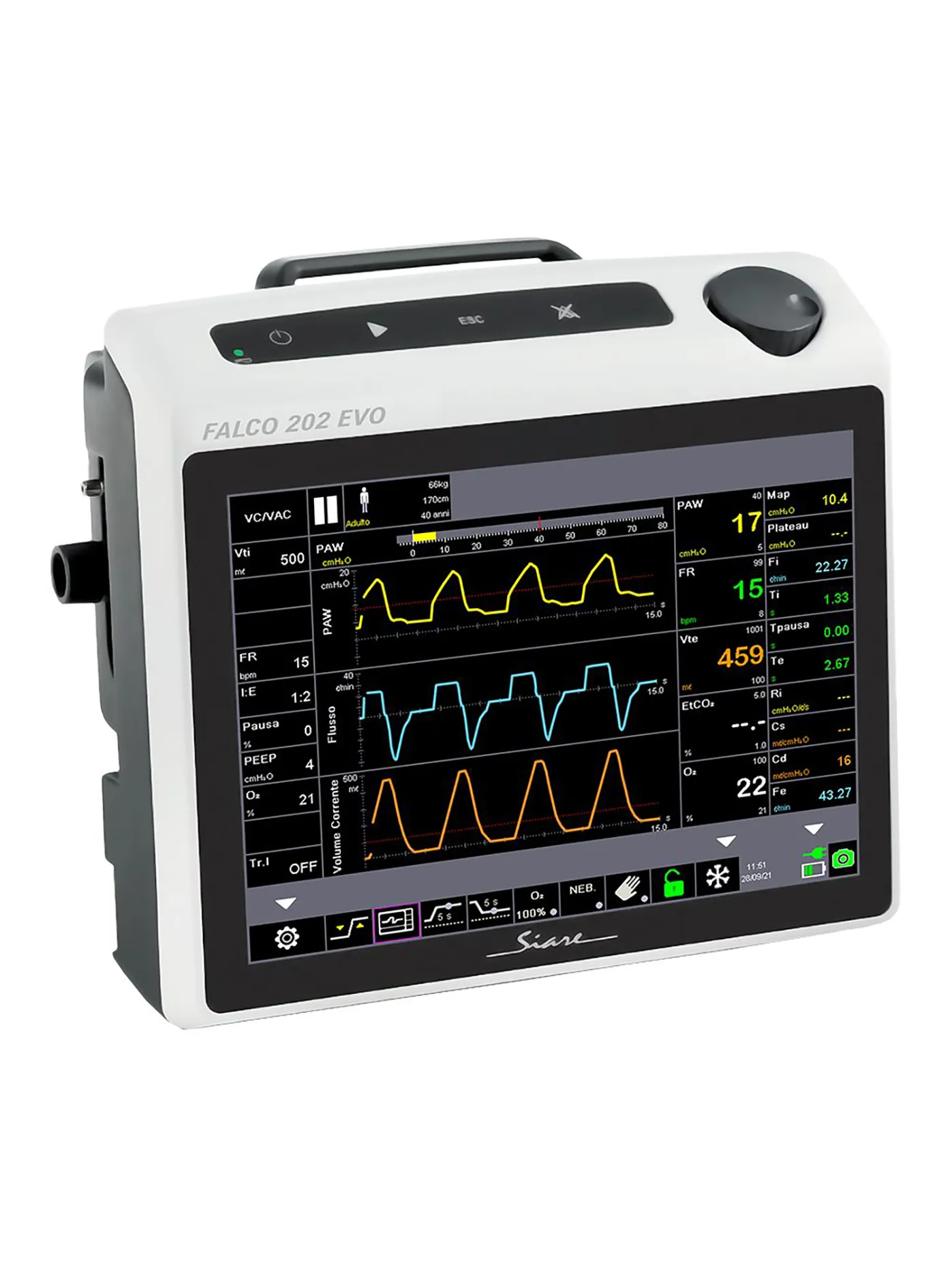Patient monitoring is an integral component of modern healthcare, encompassing a wide range of technologies and systems aimed at tracking and assessing a patient’s vital signs, physiological parameters, and overall health status. This continuous and non-invasive surveillance helps healthcare professionals make informed decisions about patient care. From traditional bedside monitoring to remote monitoring and wearable devices, the field of patient monitoring has seen remarkable advancements over the years.
In hospitals, bedside monitors play a pivotal role in tracking a patient’s vital signs, such as heart rate, blood pressure, respiratory rate, and oxygen saturation. These monitors provide real-time data that enables healthcare providers to detect any abnormalities or changes in a patient’s condition promptly. Moreover, advancements in technology have allowed for the integration of electronic health records (EHRs) with monitoring systems, making it easier for healthcare professionals to access and interpret patient data.
Remote patient monitoring (RPM) has gained significant traction in recent years, especially with the increasing adoption of telehealth and the growing emphasis on providing healthcare in the comfort of a patient’s own home. RPM leverages connected devices and telecommunication technologies to monitor patients with chronic conditions or those in postoperative recovery. These systems allow healthcare providers to keep a watchful eye on patients’ progress, receive real-time alerts in case of any issues, and make necessary interventions, reducing hospital readmissions and improving patient outcomes.
Wearable devices, such as smartwatches and fitness trackers, have also become a part of patient monitoring. These devices enable individuals to monitor their own health metrics and share the data with healthcare professionals. They can track various parameters, including heart rate, activity levels, sleep patterns, and more. This empowers individuals to take an active role in managing their health and allows healthcare providers to gain insights into a patient’s daily life and routines.
Patient monitoring systems not only enhance patient care but also improve healthcare efficiency by enabling timely interventions and reducing healthcare costs associated with complications or extended hospital stays. As technology continues to advance, patient monitoring is poised to play an even more significant role in preventive and personalized medicine, fostering better healthcare outcomes and enhancing the overall patient experience.














